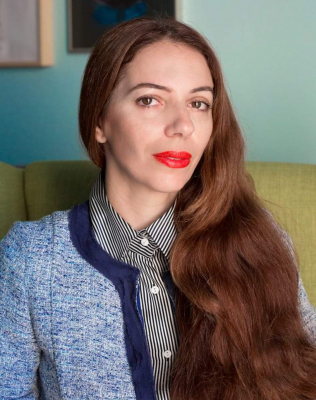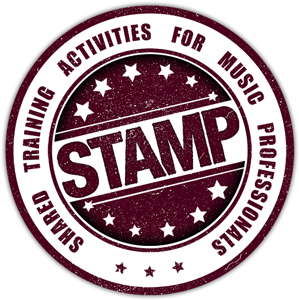By Maria Kamberis
Synopsis: Dance education through creative movement is an open area for all people in order to embellish their creativity and to find ways of self-expression. Learning and teaching dance involves dedication and discipline. Further, the art of dance takes years of training and in depth knowledge of dance practices, theories and history. This is why most people think that teaching dance is a complicate job. It is not.
Creative movement is a dance practice and a vital element of contemporary dance where everybody can experience and participate without any dance knowledge background. Creative movement is the creativity expressed through the body and a field of study and practice that strengthens the ability of individual to gain useful knowledge in order to communicate, to create and to interpret with others. Using tools based on Laban’s movement theory (1970) as well as creativity approaches based on Bloom and Chaplin (1989) can be created a complete education program based on embodied knowledge.
On this particular proposal, the focus will be targeted on the perspective of creating movement as a literacy as well as resilience for young people. Specifically, I will propose a sequence of exercises with the focus on the body as embodied thinking and learning, where all young people and specifically young people who experience problems of disadvantage will feel welcome to participate and to interact. The perspective of creative movement as a literacy will work effectively for young people since creative movement is a way to learn where learning is coming from within. Specifically, using the body and the capacity of the movement as a mean, young people not only communicate but they also gain knowledge that leads to the feeling of belonging and understanding of their self as well as of the world they live. In addition, through movement, occur situations of communications since individual can gain new knowledge that leads to creation of a new verbal and movement vocabulary.
Dance is literacy since empowers people lives to live better, enabling them to participate in society in variety environments. Giving the opportunity to young people to experience creativity through movement as an embodied noesis can develop and enforce resilience. “Resilience is the capacity of individual to navigate their way to psychological, social, cultural and physical recourses that sustain their capacity individually and collectively to negotiate for these recourses to be provided in culturally meaningful ways” (Unger, 2008, 2011).
Creative movement as art activity can foster resilience in meaningful ways. Among young people are potential artists. Some people have the opportunities to work with their self and learn about their skills and capacities. At the same time many people in the world are suffering. In addition, many young people live in misery. They have problems of poverty and disadvantage that must be taken in mind. It is important to mention that too many young people don’t believe in themselves which affects their appreciation of their capacities or even more, they don’t know how to express their needs and feelings. As a result, they find difficulties to communicate with their inner self which effects the perspective to communicate and with the others. They live in loneliness and they have to deal with situations of social pressure experience lack of integration and social isolation. Furthermore, young people most likely are more vulnerable to delinquent behaviour. This is because the scheme and the design of current education curriculum most of the times doesn’t have the skills to absorb them. To summarize, a meaningful use and approach of creative arts such as creative movement could provide the field to promote mental health and wellbeing of young people.


